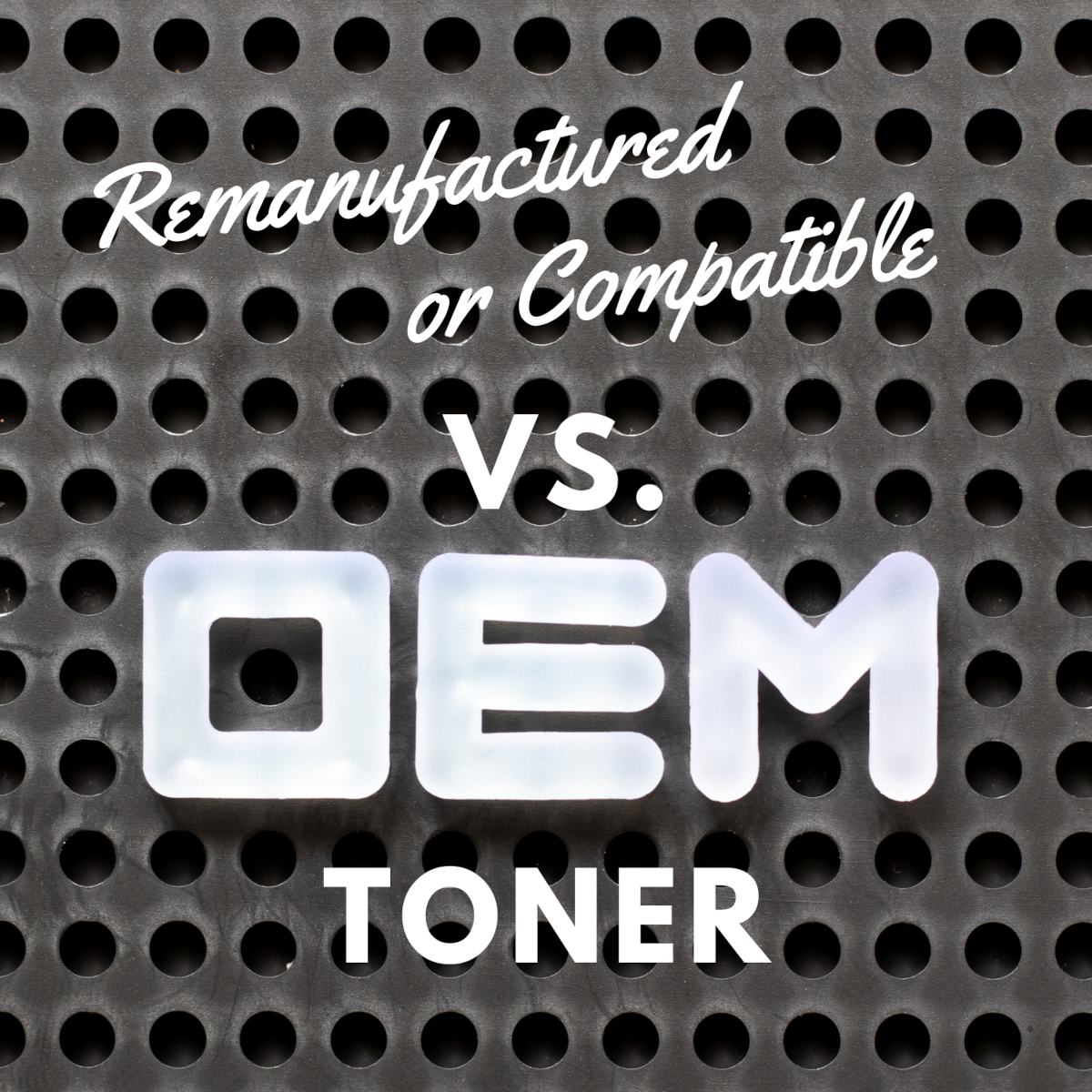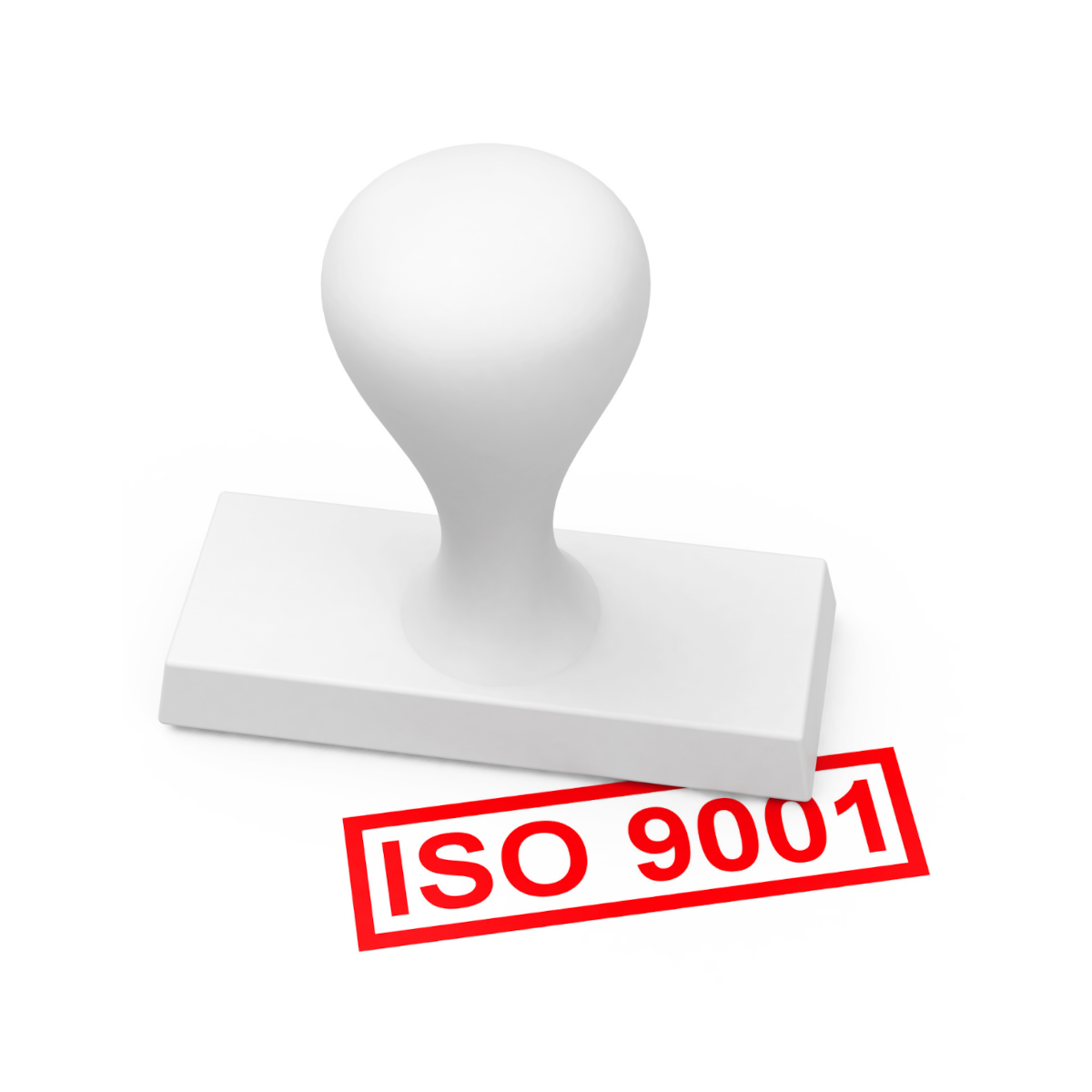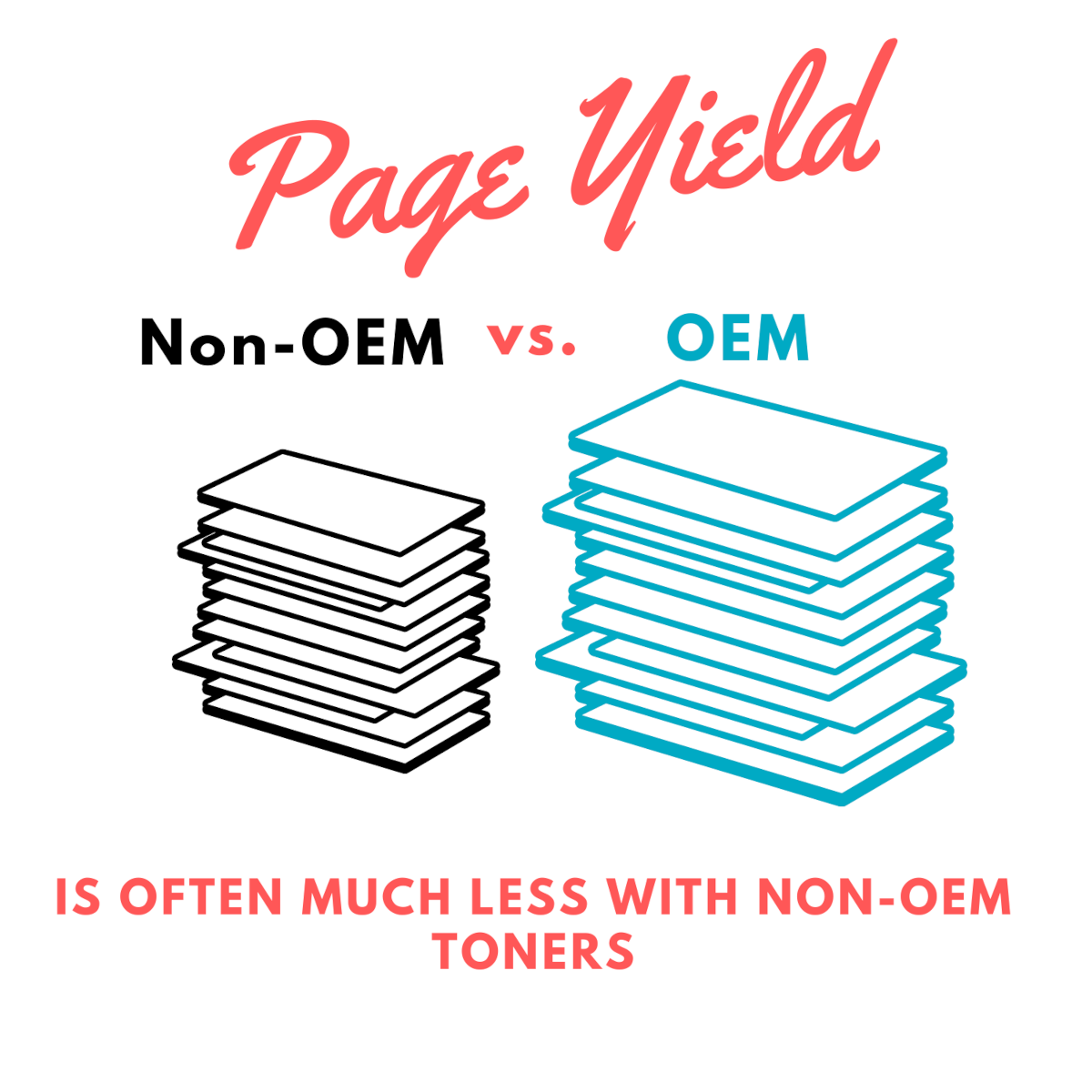OEM vs. non-OEM Toners - Which One Should You Choose?
December 12th, 2022 by Kevin Box

There's a litany of ways to describe distinct types of toners: OEM, genuine, compatible, generic, remanufactured, refilled cartridges - the list goes on. However, have you ever determined which type is the best one to use? We will explore some of the differences between each, so you can make the best decision for your organization.
My firm, Function4, primarily uses OEM (Original Equipment Manufacturer) Toners to supply our customers through our partnership with Hewlett-Packard. However, there are times where non-OEM toners are the better choice. In this article, we will shed some light on the difference and give you some insight into which one you should choose. We also offer remanufactured toners through Clover Imaging and compatible toners through Static Controls; both are leaders in their respective space in the toner cartridge industry.
So, what's the difference anyway?
OEM Toners – Are Genuine toner cartridges that are manufactured by the equipment manufacturer of the printer.
Remanufactured (Reman) Toners – Are toners that have a used core which are collected through recycling programs. The cartridges are disassembled and rebuilt by a third-party vendor according to specific ISO standards (International Organization for Standardization) and are repackaged and sold at a discount.
Compatible Toners – Are new toners that are manufactured by a third-party manufacturer and are also referred to as generic toners. The cartridges are manufactured under specific ISO standards as well.
Which one should you choose?
It's an easy answer to say just go with the cheaper toner to save money. However, it's not that simple. Reman and compatible toners are typically cheaper, however they can also be hit and miss in terms of quality, so depending on where you buy them, will determine how well the cartridges perform. If you are considering non-OEM toners, then make sure you check to see if the manufacturer has certain ISO Standards such as ISO 9001:2000/2015 for quality management systems which covers everything from design and development through production and distribution of products and services. For example, see Clover Imaging Certifications. This means the cartridge will have a lower failure rate and perform closer to OEM toner standards.

With compatibles, one factor to consider is you must be sure the toner you're buying is meant to be sold in the U.S. Market, because some compatible manufacturers produce generic toners for lesser developed markets to help drive down prices. This means they use cheaper parts that can have a higher failure rate. Function4 uses a compatible provider called Static Controls who produces two types of toners; one meant for the U.S. market, and one used for lesser developed countries. If you buy these toners directly from Function4, then you can be assured that you're buying the one meant for the U.S. market. Static Controls ISO Standards can be found through the following link Static Controls ISO-Certification.
OEM toners are by far the best in quality and performance. However, these toners are expensive, so it often makes sense to go with non-OEM's. However, you must consider quality and performance in relation to opportunity cost. First, due to the high failure rate of non-OEM's, can mean more costs over a larger fleet because you will have a certain percentage of toners that will fail before all the toner is dispensed. Secondly, you should also consider the warranty on the printer. Using non-OEM toner can void the manufacturer's warranty on the machine. To illustrate this, I've included a sample statement from Brother-USA's official website:
Brother strongly recommends that customers use only genuine Brother drum units and/or toner cartridges. Each Brother laser printer is designed to work at pre-set temperatures that are matched exactly to each of our individual toner formulations. Each individual component is designed to work with the other to ensure quality and reliability. Using non-Brother supplies may affect the hardware performance, print quality, and machine reliability. The Brother limited warranty does not apply to any problem that is caused by the use of third-party drum units, toner cartridges, or toner.
This is a true and valid statement from a leader in the industry, however, you should take it with some grain-of-salt,
because no printer manufacturer will sanction any third-party toner source for its printers, primarily due to a loss of revenue. However, the statement is also valid because using inferior quality, non-OEM toners can lead to issues with the printer, which will completely void the manufacturer's warranty. With that said, if you buy non-OEM toners from a reliable source, these failure issues can be reduced. Also, if you have the device under a service agreement with a dependable MPS provider, the device is still under a service warranty for the duration of the agreement.

Page Yield
Page yield will also play a role in performance. Yield refers to the number of images the toner is rated to produce at five percent coverage on an 8 1/2 x 11 page. With non-OEM toners, the yield isn't always 100% at the rated yield on the box which means the toner will run out sooner compared to OEM. However, the yield issue is reduced with organizations like Clover Imaging because their ISO manufacturing standards are high, which helps the cartridges keep the original yield after the remanufacturing process is complete.
Print Quality
There's no argument that OEM toners will give you the best print quality. OEM toners produce crisper text and image quality that is brighter and sharper with more exact coloring. However, you must consider other factors when deciding the importance of print quality. One such factor is, who will be viewing the print? If your image is for a presentation to land a new client or for marketing purposes, then OEM toner will give you the most bang for your buck. In contrast, however, if the printed document is for a technician in the field, then quality may not be as important. So, you should choose according to the situation.
We believe in most cases that print quality is important, however, you must consider the audience and the price difference in the two toners when deciding which one to choose.
In the end, choosing the right toner is not always black and white, but rather some gradations due to the nuances in your needs. So, you should also consider the big picture and decide which is the best choice depending on the print situation.
You should also consider a Managed Print Service partner that includes OEM Toners and full service at one low flat monthly rate. We have a wonderful program here at Function4 called 30/50. Under this program, we offer OEM toners on most HP devices, and non-OEM toners for non-HP devices such as Brother, Sharp, Xerox, Kyocera, Canon, and Lexmark at one low rate of $30 per month for mono and $50 per month for color devices with unlimited toner and service.
If you have any questions or need help determining which toner is right for you, reach out to me directly by email at kbox@function-4.com.
Posted in: Managed Print Services

